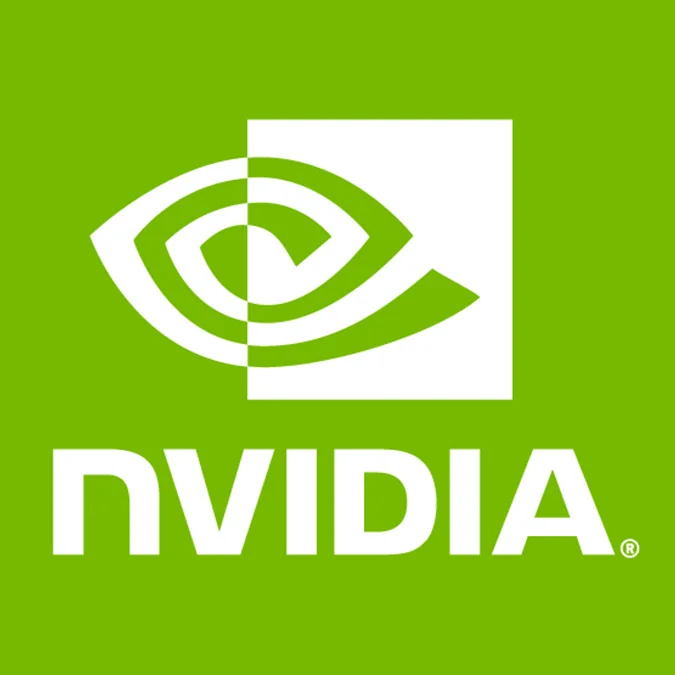Will NVIDIA Optimus Inevitably Come To Linux?

NVIDIA's Optimus Technology is currently a notebook technology designed to extend the battery life of the device while still delivering an optimal graphics experience. Optimus works by automatic switching of notebook GPUs: between a low-end low-power IGP and a high-performance GPU. This is dependent upon the needed graphics resources and power source. Switching is done seamlessly and transparently.
While NVIDIA Optimus sounds like something neat and useful for mobile users, it's not supported under Linux. The technology is relatively new, but NVIDIA last year said they had no plans at that time to support it under Linux.
Why don't they bring Optimus to Linux? Well, they haven't given a public explanation, but this is technology is currently only found on a small number of notebooks right now, none of which have SKUs with Linux as a default OS option. As long as it stays a mobile technology, it will be up to one of NVIDIA's customers (as in the IHV) to request/demand the support. It's high-hanging fruit.
Supporting Optimus under Linux wouldn't also be a straight and easy port of their Windows driver code, but to provide the same experience as achieved under Windows, would require extensive changes to the X.Org Server. The old X Server code doesn't handle dynamic GPU changes too well, etc, and is a current sore spot for all drivers. Someone could step up and make the necessary improvements -- even NVIDIA themselves, as they do commit server changes upstream when necessary -- or wait a few years for the Wayland Display Server. Wayland should play better in these areas with the needs of today rather than decades ago.
They could also get by without any X.Org Server changes if they made their implementation work like that of vga_switcheroo or AMD PowerXpress whereby the X.Org Server is restarted when switching to/from the IGP and discrete GPU.
Those in the open-source world could also attempt to support Optimus under Linux via reverse-engineering and the Nouveau driver. However, so far those efforts haven't panned out. There's the vga_switcheroo support in the mainline code that supports some open-source drivers on some hardware with GPU/IGP switching, but that's not for Optimus. Currently supported by the switcheroo are those using a hardware switch and not NVIDIA's Optimus implementation. Right now there is no support for Optimus under Linux with either the open or closed-source drivers.
Related to this though, last year Red Hat's David Airlie created the open-source PRIME proof-of-concept that allowed a secondary GPU to render 3D applications onto the screen of the first GPU that was connected to a display.
This work though has yet to be merged mainline as much more work still would require beforehand, since the work is invasive and touches not only the X Server but also the DRI2 protocol, the drivers, and the Graphics Execution Manager since memory objects are to be passed between drivers/GPUs.
Why talk about Optimus again under Linux today? Over the past few days we've heard a few references to Synergy, which is rumored to be NVIDIA's desktop equivalent of Optimus. NVIDIA's expected to launch this updated Optimus-based technology in just over a month at Computex Taipei. Synergy will allow the user to switch between the integrated graphics on their motherboard (and CPU in the case of Intel Sandy Bridge) and their discrete PCI-E NVIDIA graphics card.
There's no changing of the monitor cable to the other output or anything along those lines, but it's meant to be completely seamless just like its mobile version. While there is no battery life to worry about, the GPU switching will be handled based upon the running application(s) and their graphics requirements.
For supporting NVIDIA Synergy under Linux, it will still be difficult just like Optimus is now, especially if their goal is to have the switching be done seamlessly and in real-time. There's the X.Org Server changes needed and the NVIDIA blob would effectively need to handle and play with the Intel DRM driver and GEM (they'll also need to end up playing with this Linux kernel memory API in some form when they eventually support Wayland) for it to work in a manner like it does under Windows. This wouldn't be an easy feat.
However, if the Optimus-based technology continues to take off and Synergy even becomes somewhat common, NVIDIA will likely end up needing to support it under Linux in some manner. It will be interesting to see how NVIDIA handles the situation once it reaches the desktop.
14 Comments

